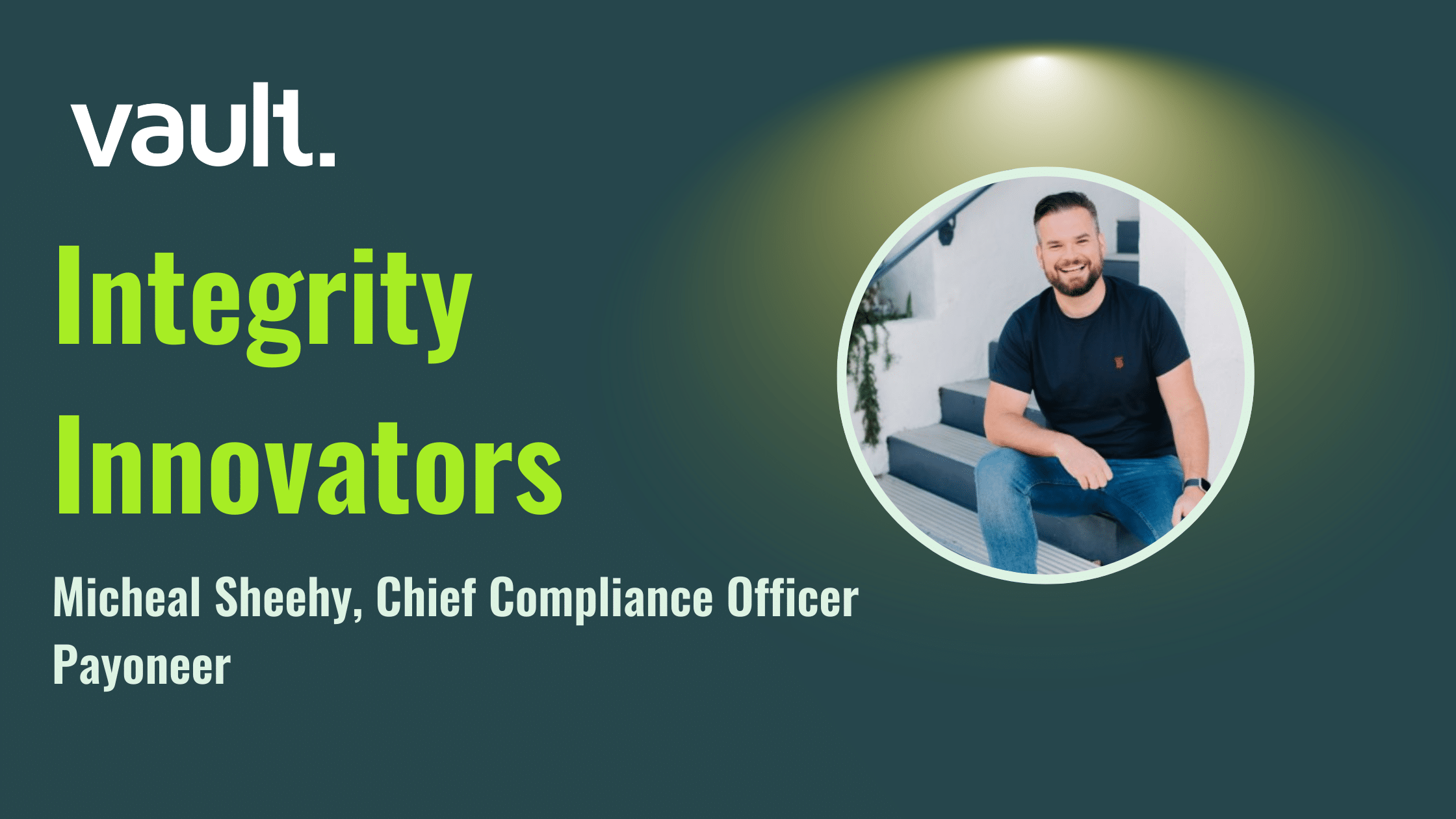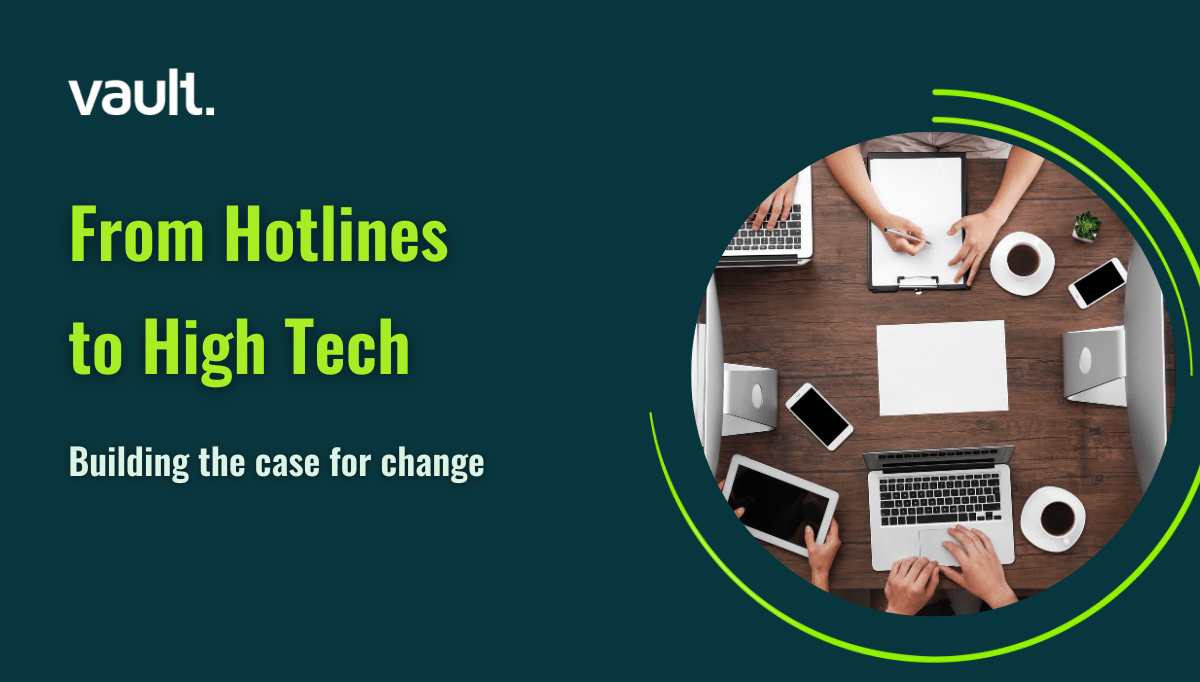Every employer with more than 50 employees in the European Union will soon need to comply with the European Union’s Directive for the protection of persons reporting on breaches of Union law, otherwise known as the EU Whistleblower Protection Directive.
The Directive was approved in October 2019 to grant greater protection for those who seek to expose corporate wrongdoing. EU member states were given two years to implement it into national law and adoption by enterprises will take a staggered approach. Organisations with more than 250 employees must comply with this legislation from December 2021, and those with between 50 and 249 employees by the end of 2023.
Businesses will therefore have a greater responsibility to ensure internal reporting mechanisms are up to scratch – moving away from tick-box solutions towards more appropriate, efficient and effective reporting channels.
Optimising reporting
From both a business benefits and organisational culture perspective, having prospective whistleblowers use an internal reporting channel first is by far the most desirable approach. Not only does this minimise the risk of financial and reputational damage of an incident going public, it also strengthens trust between the employee and employer even to the point of encouraging more people to Speak Up before concerns boil over. This also sets an example that misbehaviour will not be tolerated and employees will report it, making potential corruption or ethical breaches less attractive to perpetrators.
However, implementing an effective internal reporting system is no checkbox solution and touches upon concerns raised in the EU’s special reporting on corruption, the findings of which suggested that simply having a tool in place doesn’t guarantee usage.
Many large enterprises, especially those that have been around for some time, will have implemented a hotline as a ‘tick-box’ solution. EU research finds more than half of respondents wouldn’t know where to report misconduct if they tried. One of the most telling recent examples of this kind of implementation is Lloyds of London, which was exposed in 2019 after its hotlines had been unavailable for 16 months because someone forgot to renew the telephone provider contract, but by the same token it took over a year for this to be noticed.
Another insight into how companies tick a compliance box by buying a hotline but not making it accessible comes from the hotline providers themselves, with many of the established players reporting a steady decrease in hotline usage, forcing them to rethink their offerings for a world that has moved on. The shift away from telephone hotlines was highlighted as far back as 2012 in the National Business Ethics Survey of Fortune 500 Companies, which revealed hotlines as the least popular channel (used only by 11% or reporters) among the small number of people that do go ahead and report misconduct.
With a multigenerational workforce that largely favours digital communications, the idea of telephoning a call centre somewhere to report misconduct might seem alien. It’s also inconvenient and unengaging, two significant modern trends that legacy reporting solutions have failed to address. Ultimately, hotlines are seen as outdated legacy offerings that really do little to solve a persistent problem and the public financial exposés post 2008, the interpersonal misconduct revelations of 2017, and employee activism of 2020 all support this.
Despite more stringent regulation, the EU Whistleblower Protection Directive presents an opportunity for organizations to build trust internally when trust in institutions has been steadily declining for the last few years. Businesses will benefit long-term by creating a company culture that empowers people to Speak Up and be heard internally, before seeking an external channel to voice their concerns.
Vault platform enables compliance with the Directive by lowering the barriers to internal reporting and creating a Speak Up culture – where employees voice concerns and employers have the appropriate platform on which to address these promptly and effectively. Vault platform is a digital end-to-end solution that includes an employee app for “anytime, anywhere” reporting and a Resolution Hub for employers to resolve issues swiftly and effectively.
How will the EU Whistleblower Directive impact your business? Get your checklist




